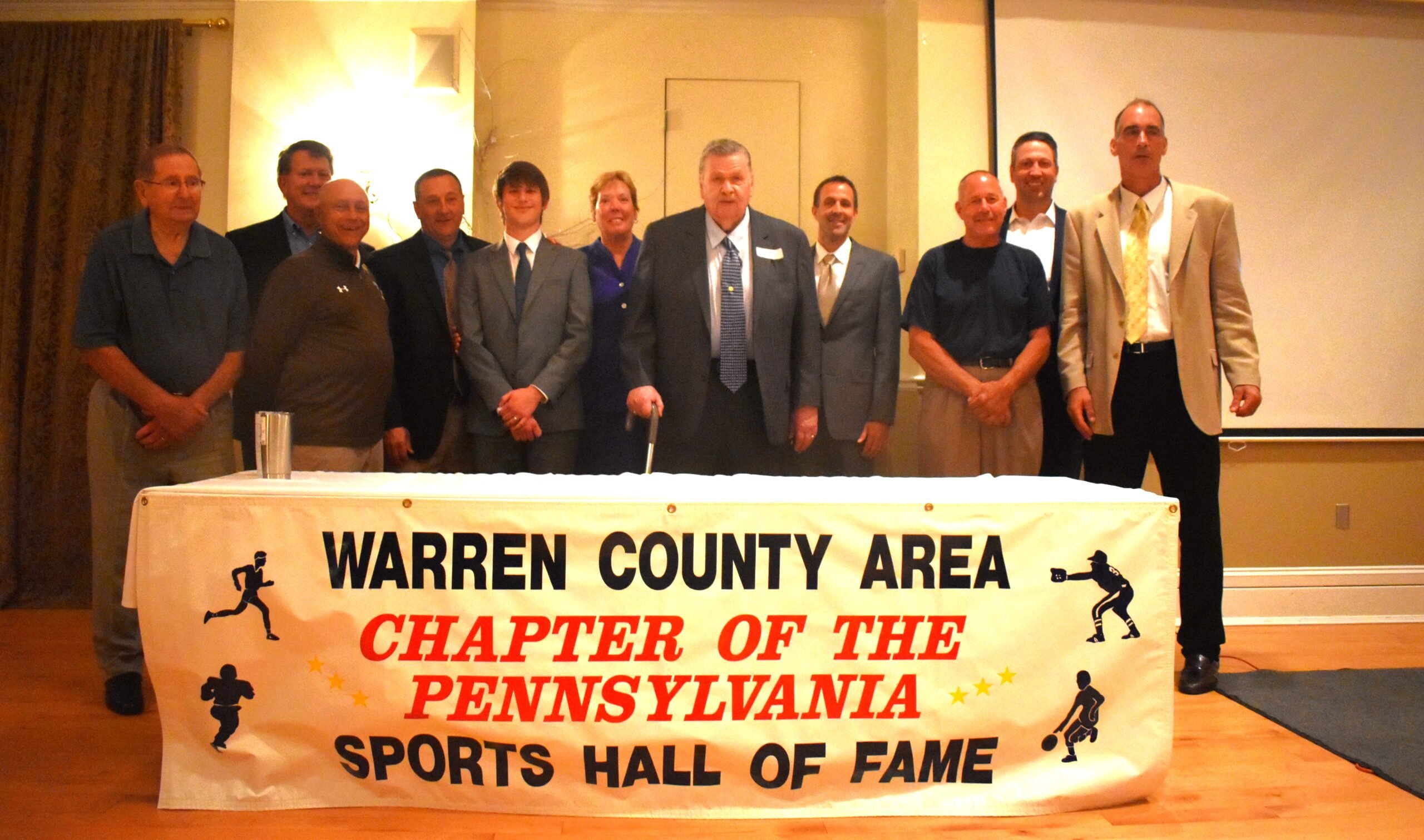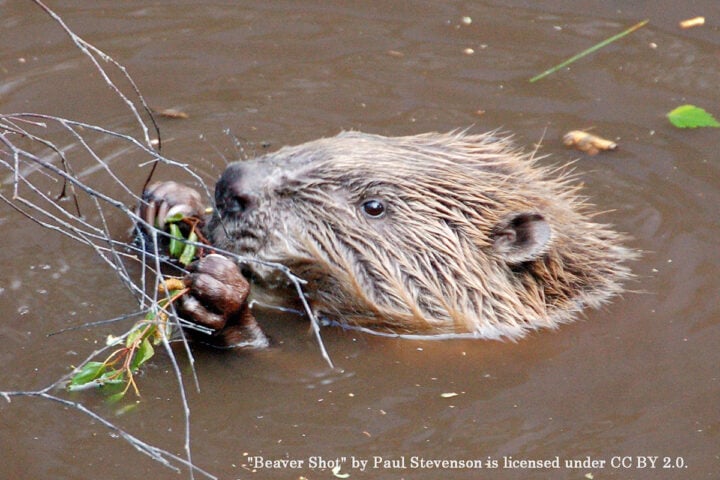Climate problems may seem overwhelming, but people all around this great nation are taking action. This week’s column looks at MARYLAND and the question is: How is the clean-up effort going, in the Chesapeake Bay?
The Chesapeake Bay cleanup effort has been going on for over 50 years, even before the passage of the 1972 Clean Water Act. 18 million people live in the Chesapeake Bay watershed, a vital estuarine resource (where salt meets fresh water) on the eastern seaboard that is fed by 150 named rivers and touches six states: Pennsylvania, Maryland, Virginia, Delaware, New York & West Virginia, plus the District of Columbia. Three of these – MD, VA, and PA – account for 90% of the pollution problem. All states in the watershed have responsibilities to clean up their share, under the current, enforceable Chesapeake Clean Water Blueprint. According to a 2021 report from the Chesapeake Bay Foundation, Maryland and Virginia are “mostly on track” to meet water quality goals by 2025, but Pennsylvania lags behind. Over the years, some have brought lawsuits over the requirements of the Blueprint but courts have quite consistently ruled in favor of Bay cleanup.
An early, innovative step toward cleanup was shifting the focus from measurements of effort to performance-based metrics – these are actual data showing water quality improvements based on remote sensing and now 3D stream imaging, which allow for comprehensive, detailed, integrated work on large scale landscapes like the 64,000 square mile Chesapeake Bay area. These data have provided a framework for decision-making in the long effort to clean up the Chesapeake.
Wastewater cleanup and municipal sewage treatment were early targets, as identifiable point sources where pollution comes out of a pipe. Stormwater runoff is another point source, as it is channeled into storm drains which typically discharge directly into waterways. Because these drains are easily accessible, we are all responsible for ensuring that storm drains are not abused. Excess driveway and sidewalk salts used in winter, toxins like paint and used oil poured into storm drains, and even swimming pool water disposal – any of these running into storm drains are being dumped directly into waterways. Some pollutants, such as pharmaceuticals dumped into toilets, are not filtered out at wastewater treatment facilities and should never be flushed away using water.
Now attention is turning to non-point sources. Estuarine scientists are largely in agreement that surface run-off, carrying excess nitrogen, phosphorus, and sediment, is the leading cause of non-point pollution. Agricultural activities and large livestock compounds are major contributors to the problem. This may explain why our state is putting millions of its American Rescue Plan Act dollars toward improving water quality: $320 million for sewage treatment and $220 million to the PA Clean Streams Fund, with the majority of it going to improve farm practices in the 43 PA counties that are in the Chesapeake Bay’s critical Susquehanna or Potomac watersheds.
One best management practice is to plant riparian buffers along the waterways. Currently, only about half of the 288,000 miles along Chesapeake Bay streams and rivers have trees, grass, and/or shrub plantings along their edges. In order for a stream to be cooled and protected, 70 percent of its length needs this kind of cool, filtering green edge. Investment in conservation programs to build stream buffers can have results that are measurable. To meet targets for restoring stream protection, the Chesapeake Clean Water Blueprint calls for 900 miles of riparian buffer to be planted each year. Only 25% of these annual goals have been met on average, since the 2010 baseline was established. Planting trees and shrubs along waterways also serves as a way to capture carbon dioxide.
A very short podcast this week gives a sense of the many different kinds of interventions which are needed, and how partnerships to accomplish improvements play out on a local level. If you have internet access, go to:
The Middle Susquehanna River Podcast
Episode – August 29, 2022: Leslie Rieck [15 mins]
(After April 2024, use this link to the above podcast and scroll down to the Aug. 29, 2022 episode.)
This interview with a biologist at Lycoming College describes the challenges of find-and-remediate problems from stormwater runoff.
Let me know if you have a podcast to recommend, have a comment about my column, or have trouble finding a particular podcast I’ve mentioned. Happy listening!
[email protected]
Note: This column, part of a series looking at examples of positive climate action, state-by-state, first appeared in the Forest Press 09-14-2022. If you are interested in this state’s topic, check online for updated news, as a lot may have changed in a year.































